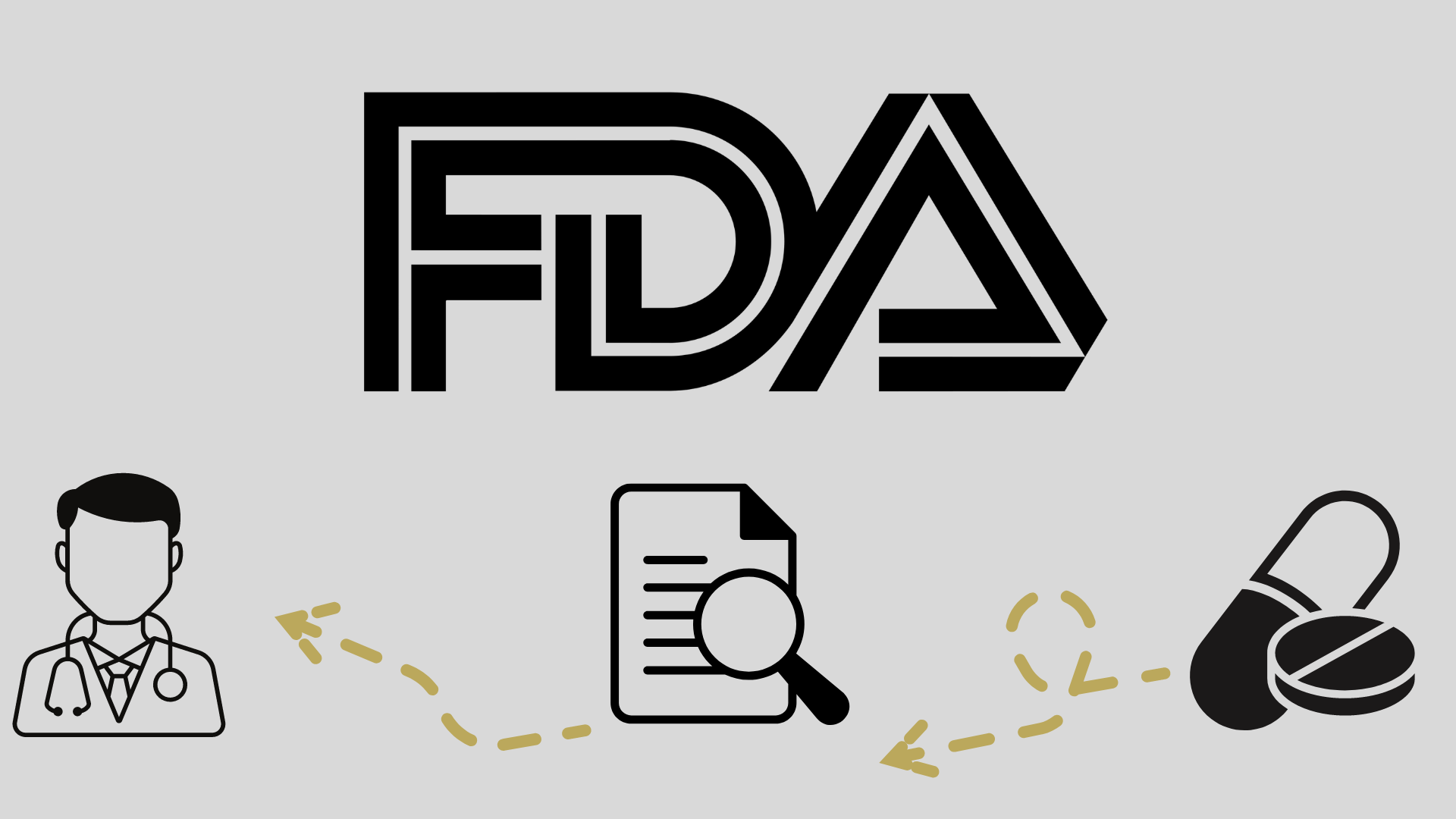
FDA Approves Olaparib Triplet for mCRPC

Findings from the phase 3 PROpel have led to the FDA approval of olaparib in combination with abiraterone and prednisone or prednisolone for a prostate cancer subgroup.
- Data from the phase 3 PROpel study support the FDA approval of olaparib combined with abiraterone and prednisone or prednisolone.
- This approval is indicated for adult patients with deleterious or suspected deleterious BRCA-mutated (BRCAm) metastatic castration-resistant prostate cancer (mCRPC).
- The recommended olaparib dose is 300 mg taken orally twice daily with or without food, and the recommended abiraterone dose is 1000 mg taken orally once daily.
The FDA has approved olaparib (Lynparza) in combination with abiraterone and prednisone or prednisolone for adult patients with mCRPC.1
This approval is based on findings from the phase 3 PROpel (NCT03732820) trial which demonstrated the combination of olaparib and abiraterone (n = 399) to reduce the risk of progression or death by 34% in this patient population compared with abiraterone alone (n = 397; HR, .066; 95% CI, 0.54-0.81; P < .0001).
The combination also elicited a median radiographic progression-free survival (rPFS) of 24.8 months vs 16.6 months with abiraterone alone. The OS had reached 28.6% maturity and favored the combination of olaparib and abiraterone compared with placebo (HR, 0.86; 95% CI, 0.66–1.12).
Moreover, the safety and tolerability profile of the combination proved to be consistent with prior clinical trial data and with what is known of the individual treatments.
“Our data from PROpel suggests there are benefits in delaying progression in men with mCRPC treated with this combination of androgen receptor and PARP inhibition in the first-line setting,” Andrew Armstrong, MD, ScM, FACP, professor of medicine, surgery, pharmacology and cancer biology, director of research at the Duke Cancer Institute Center for Prostate and Urologic Cancers, told Targeted OncologyTM. “ This new data suggests that adding a PARP inhibitor can further improve progression-free survival, and that this may lead to better survival and responses.”
In the global, randomized, double-blind, phase 3 PROpel trial, patients with mCRPC were given 300 mg of olaparib (two 150 mg tablets) 2 times a day along with abiraterone at 1000 mg doses once a day. Patients were eligible for enrollment if they had first-line mCRPC, ongoing androgen deprivation with gonadotropin-releasing hormone analogue or bilateral orchiectomy, were a candidate for abiraterone therapy with documented evidence of progressive disease, had normal organ and bone marrow function, and an ECOG performance score of 0 or 1.
Findings from the trial were presented at ESMO 2022 and showed a trend toward longer-term benefit with the olaparib regimen by looking at the time to first subsequent therapy or death (TFST) and time to second progression or death (PFS2) data. The TFST with the olaparib and abiraterone combination was 25.4 months compared with 19.5 months for those given abiraterone alone (HR, 0.76; 95% CI, 0.63-0.90; P = .0032). At this time, the PFS2 had not yet been reached in either arm (HR, 0.71; 95% CI, 0.54-0.94; P = .019).
A continued trend toward OS was seen in the investigative arm vs the control arm and after approximately 22 months prior to extensive censoring, Kaplan-Meier curves showed a clear separation between the arms. At 40.1% maturity, the median OS in the intention-to-treat (ITT) population had not yet been reached in either arm (HR, 0.83; 95% CI, 0.66-1.03; P = .11).
There was a benefit observed for patients given olaparib plus abiraterone in subgroups of patients with BRCA mutations, non–BRCA-mutated disease, BRCA2 mutations, and non–BRCA2-mutated disease. In the BRCA-mutated subgroup, the median rPFS was not yet reached in patients given the combination (n = 47) vs 8.4 months in those who received abiraterone alone (n = 38; HR, 0.23; 95% CI, 0.12-0.43). For patients with non–BRCA-mutations, those given the experimental treatment (n = 343) had a median rPFS of 24.1 months compared with 19.0 months with the control regimen (n = 350; HR, 0.76; 95% CI, 0.61-0.94).
Looking at data from the sensitivity analysis by BICR showed the median rPFS with the investigative and control regimens in the BRCA-mutated subgroup to be not yet reached and 8.4 months, respectively (HR, 0.18; 95% CI, 0.09-0.34). In the non–BRCA-mutated subgroup, the median rPFS was 27.6 months and 16.6 months, respectively (HR, 0.72; 95% CI, 0.58-0.90).
Regarding safety, findings were consistent with what was previously reported in the primary analysis. There was 1 patient who had a case of myelodysplastic syndrome/acute myeloid leukemia during hospital admission for fatal COVID-19 pneumonia. The incidence of new primary malignancies and pneumonitis were balanced between the investigative and control arms. Between the first and second data cut-off dates, the incidence of pulmonary embolism and cardiovascular events were comparable.
Further, the most common grade 3 or higher adverse events which occurred in at least 10% of patients given the combination vs and control were anemia (15.8% vs 3.3%, respectively), fatigue or asthenia (2.3% vs 1.5%), nausea (0.3% vs 0.3%), back pain (1.0% vs 1.0%), diarrhea (1.0% vs 0.3%), constipation (0% vs 0.3%), decreased appetite (1.0% vs 0%), hypertension (3.8% vs 3.5%), arthralgia (0% vs 0.5%), vomiting (1.3% vs 0.3%), peripheral edema (0% vs 0.3%), and urinary tract infection (2.3% vs 1.0%).
Overall, patients who were given the combination of olaparib and abiraterone in the phase 3 PROpel trial achieved a meaningful improvement in rPFS vs placebo and abiraterone in all biomarker groups assessed.








































